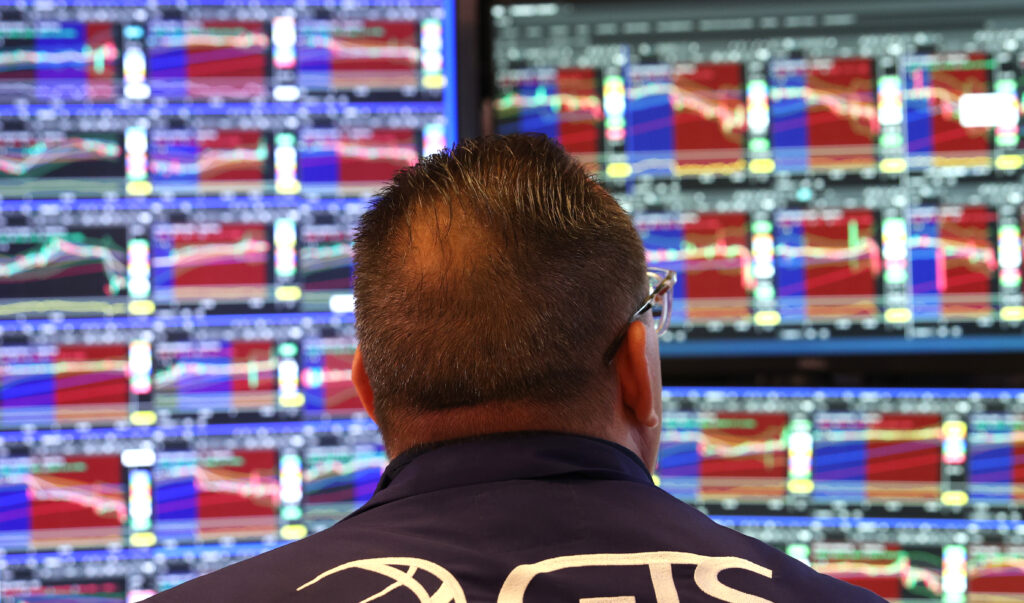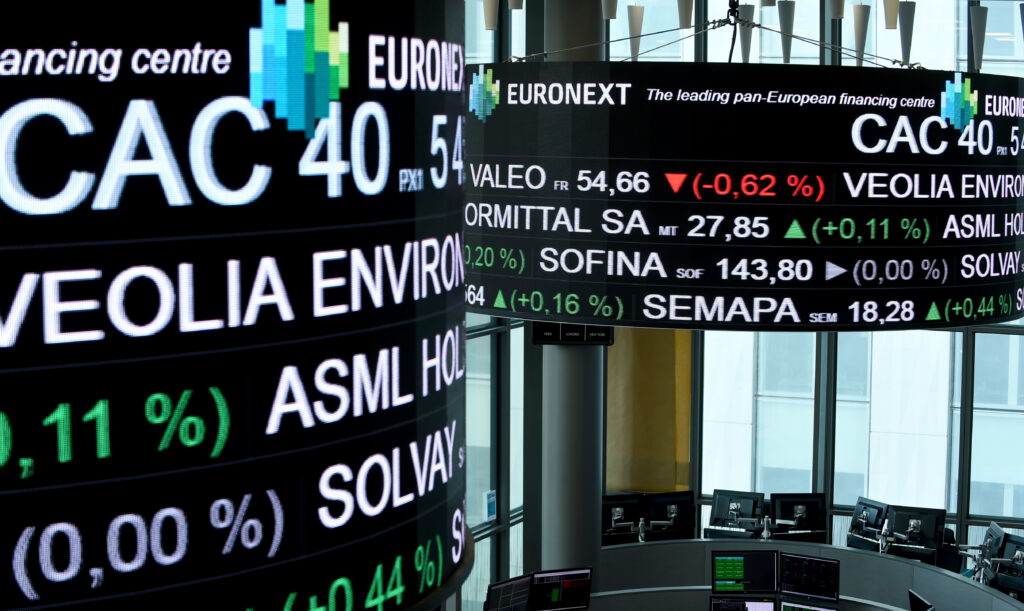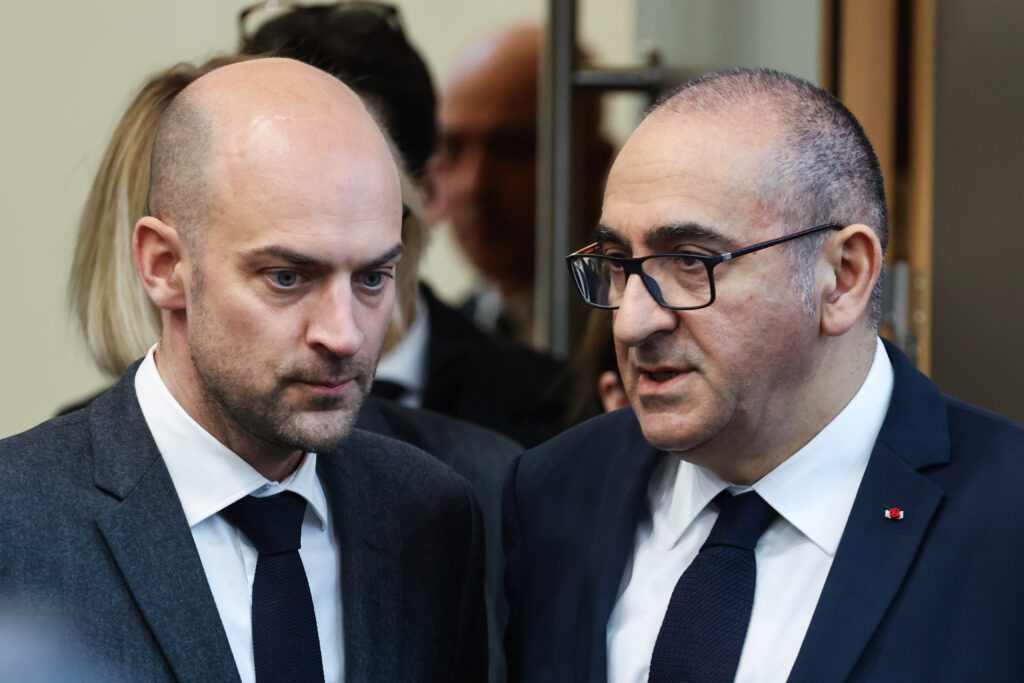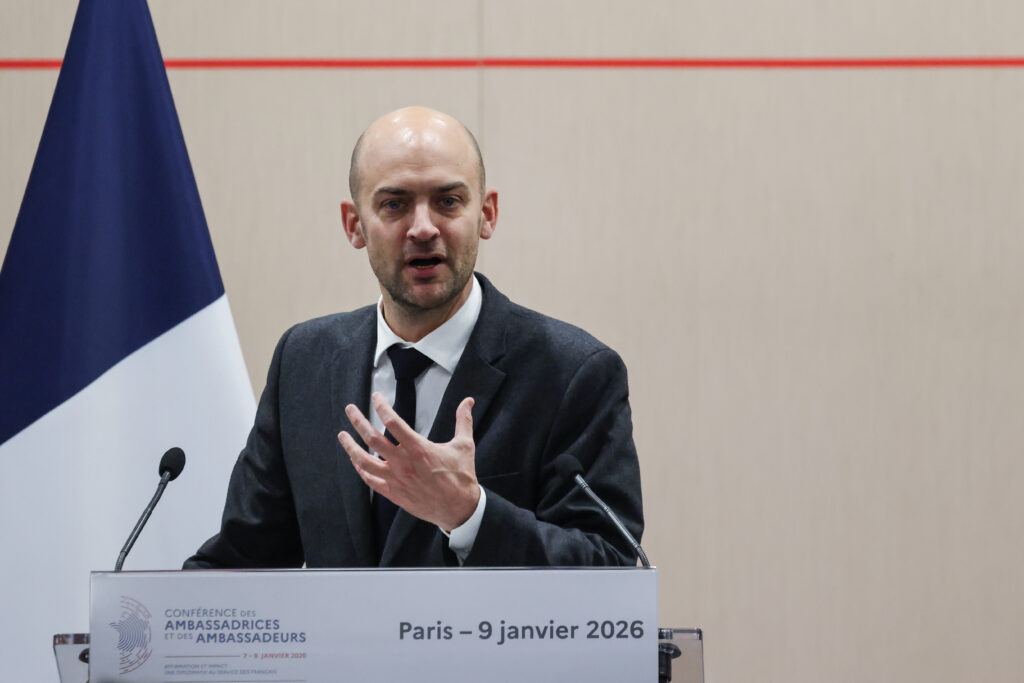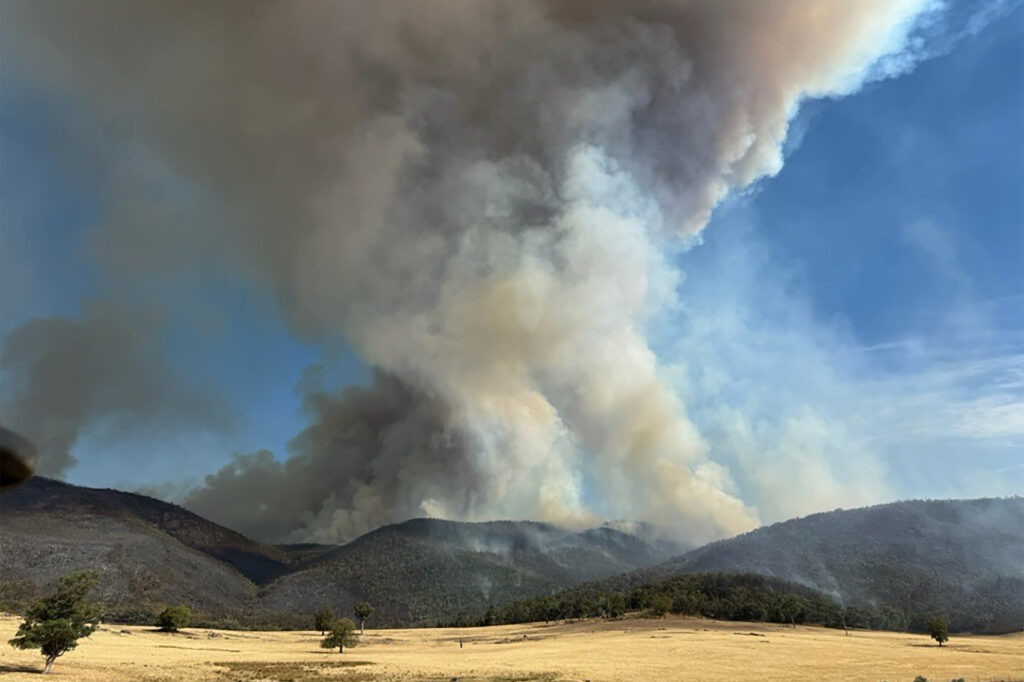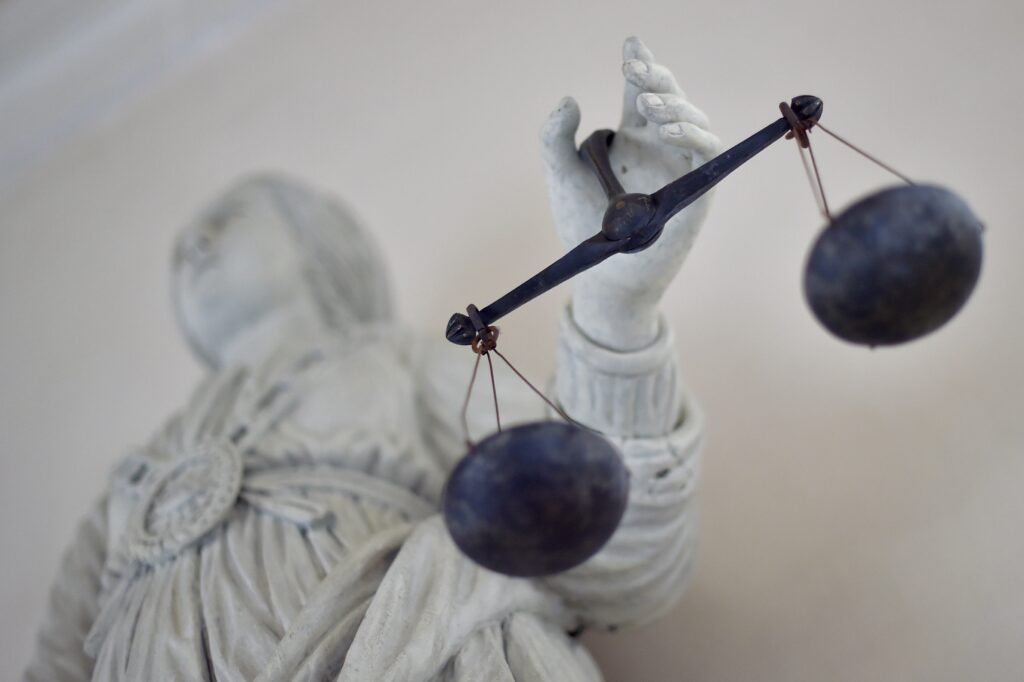Grok limits AI image editing to paid users after nudes backlash
Elon Musk’s AI chatbot Grok has turned off its image creation feature for non-paying users following backlash over its use to create sexualized deepfakes of women and children.Musk has been threatened with fines, and several countries have pushed back publicly against the tool that allowed users to alter online images to remove the subjects’ clothes.Replying to users Friday on Musk’s social media platform X, Grok posted: “Image generation and editing are currently limited to paying subscribers. You can subscribe to unlock these features.”The change means many of the tool’s users can no longer generate or edit images using the AI. Paying customers must give the platform their credit card information and personal details.British Prime Minister Keir Starmer’s office called the move to limit access to paying subscribers “insulting” to victims and “not a solution.””That simply turns an AI feature that allows the creation of unlawful images into a premium service,” a Downing Street spokesperson said.”It’s insulting the victims of misogyny and sexual violence.” The EU executive, which previously described the photos of undressed women and children as unlawful, said it had “taken note of the recent changes.”But EU digital affairs spokesman Thomas Regnier told reporters “this doesn’t change our fundamental issue, paid subscription or non-paid subscription. We don’t want to see such images. It’s as simple as that.””What we’re asking platforms to do is to make sure that their design, that their systems do not allow the generation of such illegal content,” he added.The European Commission has ordered X to retain all internal documents and data related to Grok until the end of 2026 in response to the nudes uproar.France, Malaysia and India have also criticized Musk’s platform over the issue. “Anyone using Grok to make illegal content will suffer the same consequences as if they upload illegal content,” Musk wrote on X last week in response to a post about the explicit images.X’s official “Safety” account subsequently said it addresses illegal content on X “by removing it, permanently suspending accounts, and working with local governments and law enforcement as necessary.”

